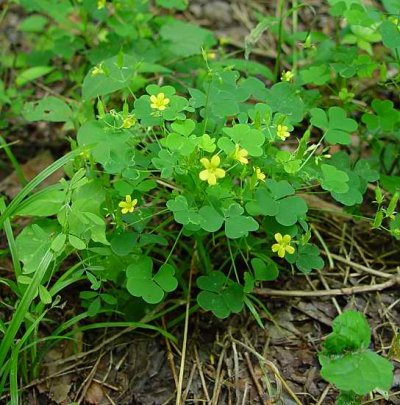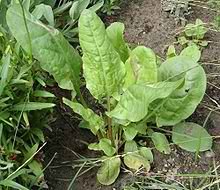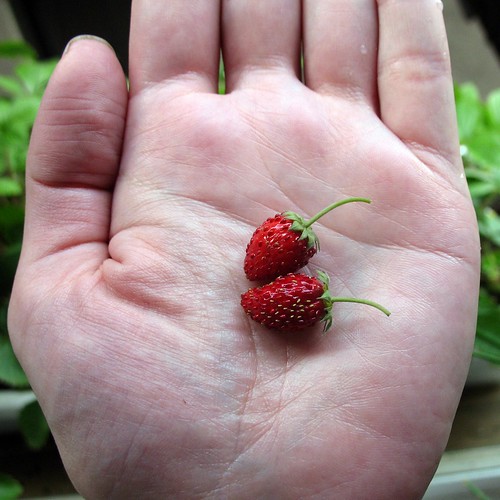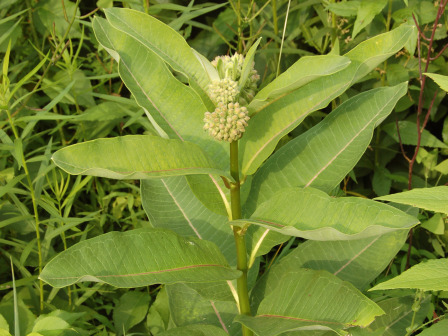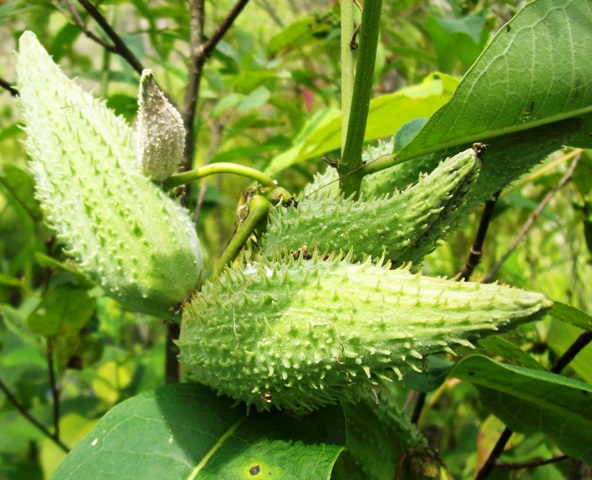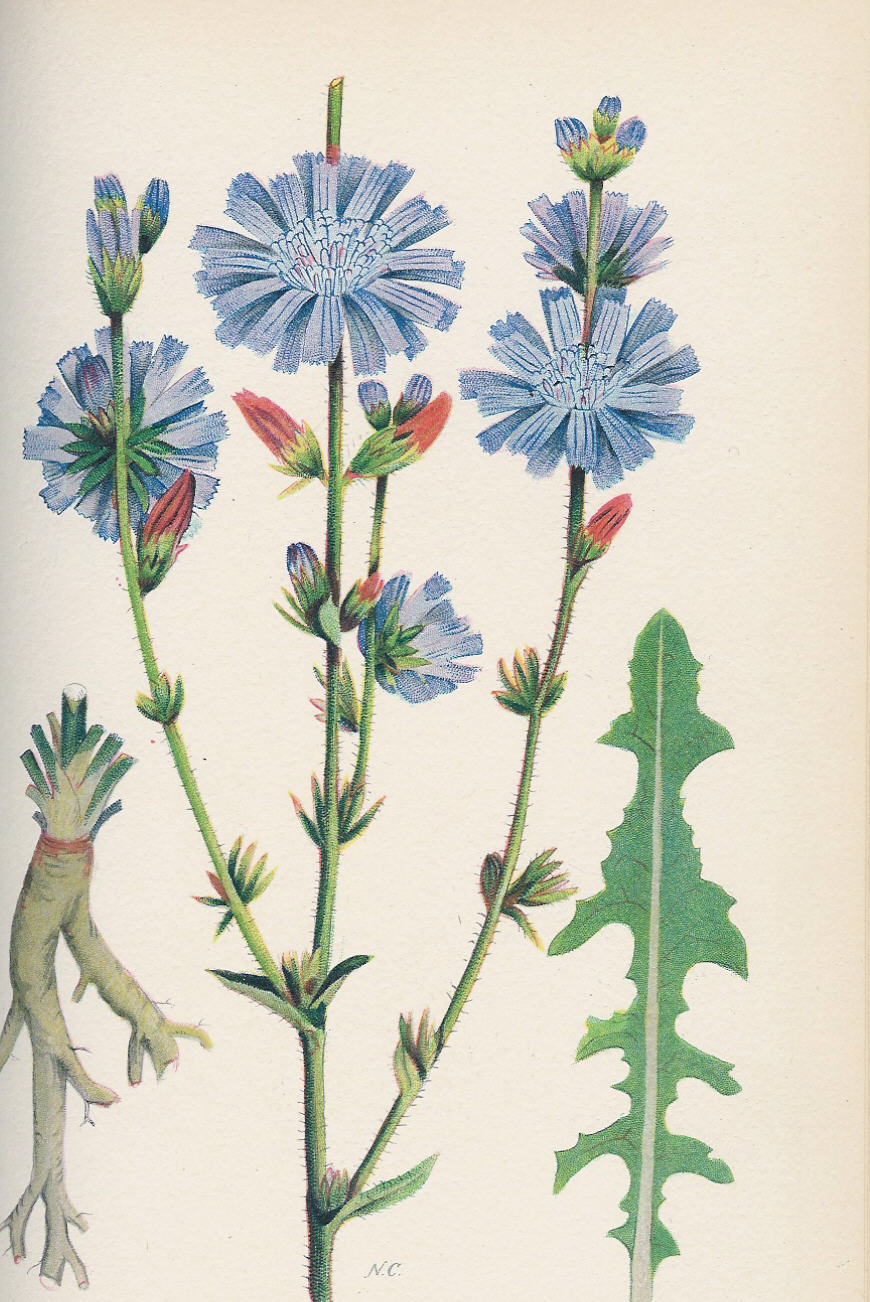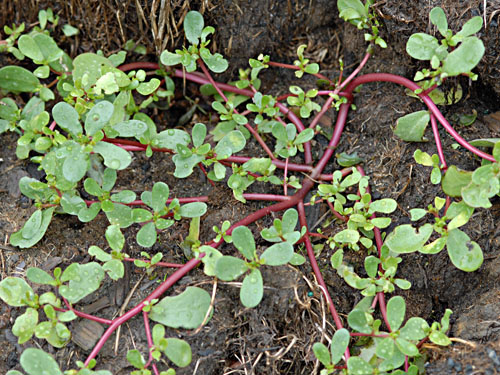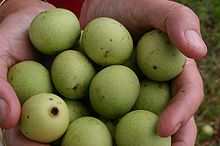Snip 13
Master Chef
Couldn't find a thread about foraging so if I've searched like my behind then I apologise in advance 
I've been planting, foraging and cooking with edible weeds for a few years now. Love the idea of finding your own food.
I'm no expert so I've been somewhat limited for choice.
If anyone gathers wild plants, herbs, weeds, fruits or anything else for that matter kindly post the names and pics (if you have) here. Would love to extend my knowledge.
I often gather purslane, chickweed, dandelions, amaranth, crab apples, nasturtiums and oxalis.
Recipes for how you use them would be appreciated too

I've been planting, foraging and cooking with edible weeds for a few years now. Love the idea of finding your own food.
I'm no expert so I've been somewhat limited for choice.
If anyone gathers wild plants, herbs, weeds, fruits or anything else for that matter kindly post the names and pics (if you have) here. Would love to extend my knowledge.
I often gather purslane, chickweed, dandelions, amaranth, crab apples, nasturtiums and oxalis.
Recipes for how you use them would be appreciated too

